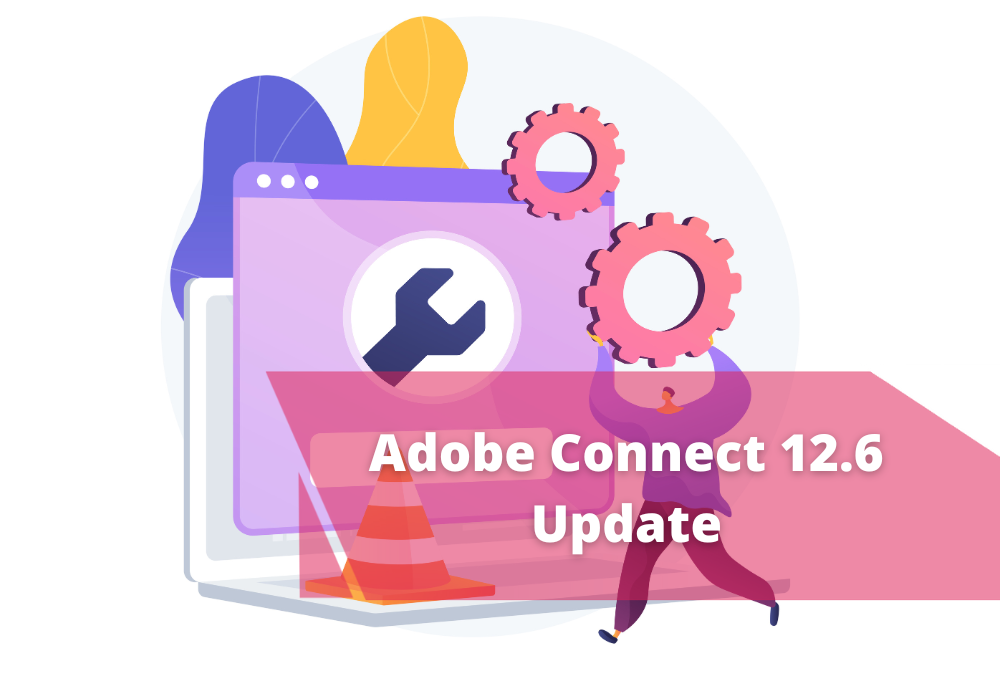As we move forward, here are a few important dates and new measures we’ll be taking over the next six months. We’ll continue to publish communications and resources to help you transition to Adobe Connect’s new Standard view.
December 31st, 2020.
On this date, the Flash plug-in will no longer be available or supported in most browsers. Adobe Connect will continue to support the Classic view and the newer Standard view for any existing and new rooms being set up.
For the hosts of Meeting Rooms, Virtual Classrooms, and Seminar rooms, we do not expect any impact.
Participants will still be able to join via the Adobe Connect application, a web browser, or our mobile application. Participants using a modern browser (i.e. Chrome, FireFox, Edge, Safari) will join the room using the new Standard view. Participants using older browsers – such as Internet Explorer – will need to use the Adobe Connect application. Participants joining with the Adobe Connect application will automatically experience whichever interface that the host has set as the default.
What will no longer be supported: Participants joining a meeting using a browser with the Flash plug-in.
February 2021
In February, we’ll launch Adobe Connect 11.2. This release will continue to support both the Classic view and the Standard view. In addition to several new features, Adobe Connect 11.2 will require rooms to be set to either the Classic view or the Standard view. It will no longer be possible to create rooms that include a mix of both the Flash-based experience (Classic interface) and HTML-based experience (Standard interface) together.
For the hosts of Meeting Rooms, Virtual Classrooms, and Seminar rooms, all existing rooms will continue to be available with all of their existing content and layouts. New rooms will now default to the Standard view. Existing rooms will be set to the Standard view if it was enabled for browsers prior to the upgrade or to the Classic view if the Standard view was disabled.
For most participants, no additional action is required. Participants using the Adobe Connect application may be prompted to update their application if the room is set to use the Standard view. For some unsupported systems (i.e. 32-bit Windows machines), participants may not be able to update their application and will instead need to use a modern browser to join the room.
Adobe Connect 11.2 will also grant account administrators some options to disable the Classic or Standard views at an account level.
What will no longer be supported: Adobe Connect rooms that enable both the Classic view and Standard view being used simultaneously – all participants in a room must use the same view.
June 2021
At the end of June 2021, the Classic view will no longer be supported on our hosted accounts. All new and existing rooms will continue to be available in the Standard view only.
Meeting hosts will need to ensure that the content they are using is supported. See below for a list of unsupported content.
Participants can continue to join Adobe Connect rooms via the Adobe Connect application, a modern browser, or the new Adobe Connect mobile apps.
What will no longer be supported: Classic view. All flash-based content.
Source: Adobe Connect Blog
 da
da  sv
sv no
no fi
fi en
en
















